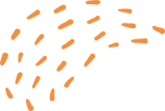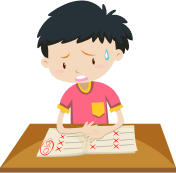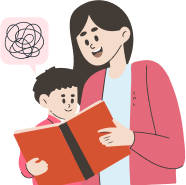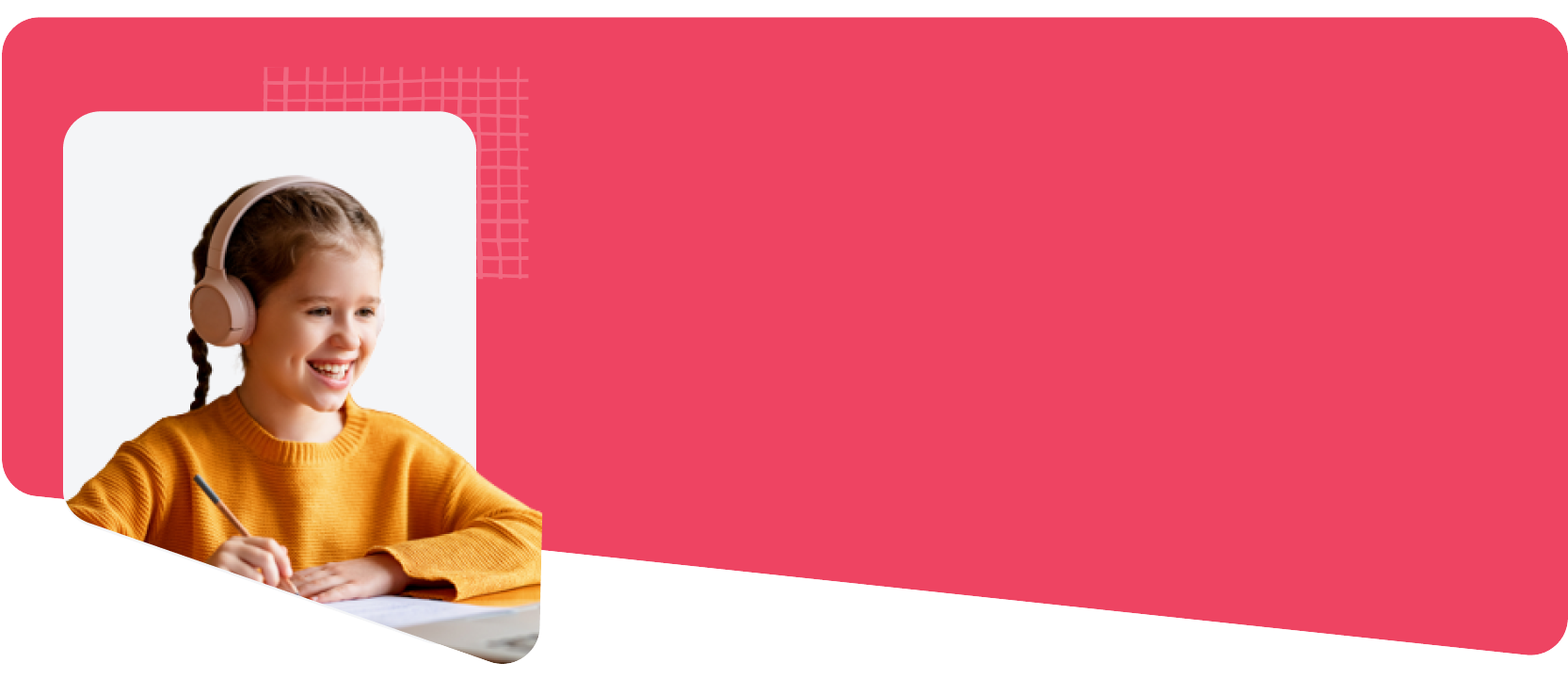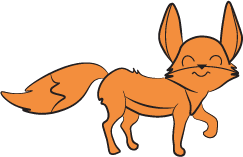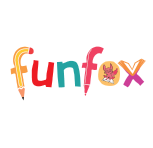Children remember words best when they understand how those words relate to others. One effective way to build vocabulary is through semantic mapping, a simple technique that helps children link a new word with meanings, examples, and similar ideas.
This approach not only improves word recall but also strengthens reading and writing skills by encouraging deeper understanding. It suits both early and advanced learners, as it can be adapted to any level.
In this guide, you will learn what semantic mapping is, how to use it at home, and how it supports long-term vocabulary development in a natural, stress-free way.
TL;DR:
-
Semantic mapping visually connects words to support vocabulary growth and language skills.
-
Parents can use it at home through activities like word journals, topic webs, or fun games. The key is making it consistent, personal, and linked to real reading or writing tasks.
-
At FunFox, these strategies are built into the Writers Club, where vocabulary growth happens naturally through small group learning, writing games, and teacher feedback.
What Is Semantic Mapping?
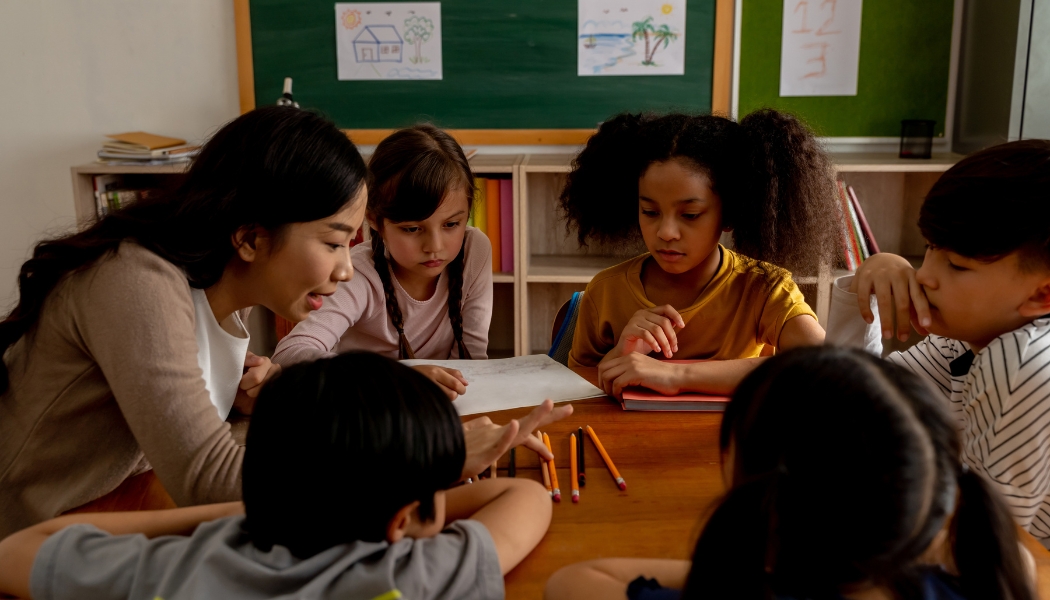
Semantic mapping is a visual strategy used to build word knowledge. Visualization helps children organise and remember relationships between words more effectively by engaging multiple cognitive pathways. It involves placing a word in the centre of a page and drawing out connections to related ideas. These may include synonyms, antonyms, categories, examples, or feelings linked to that word.
Think of it as a mind map for vocabulary. Rather than simply learning what a word means, your child learns how that word fits into their broader language system.
For example, take the word “happy”. A simple semantic map might include:
-
Synonyms: joyful, cheerful, pleased
-
Opposites: sad, upset, gloomy
-
Types or examples: birthday, playing outside, hugs
-
Describing feelings: warm, excited, calm
By exploring the word from different angles, children move beyond memorising a definition and start to understand how the word is used in context.
Why Semantic Mapping Works for Vocabulary Building
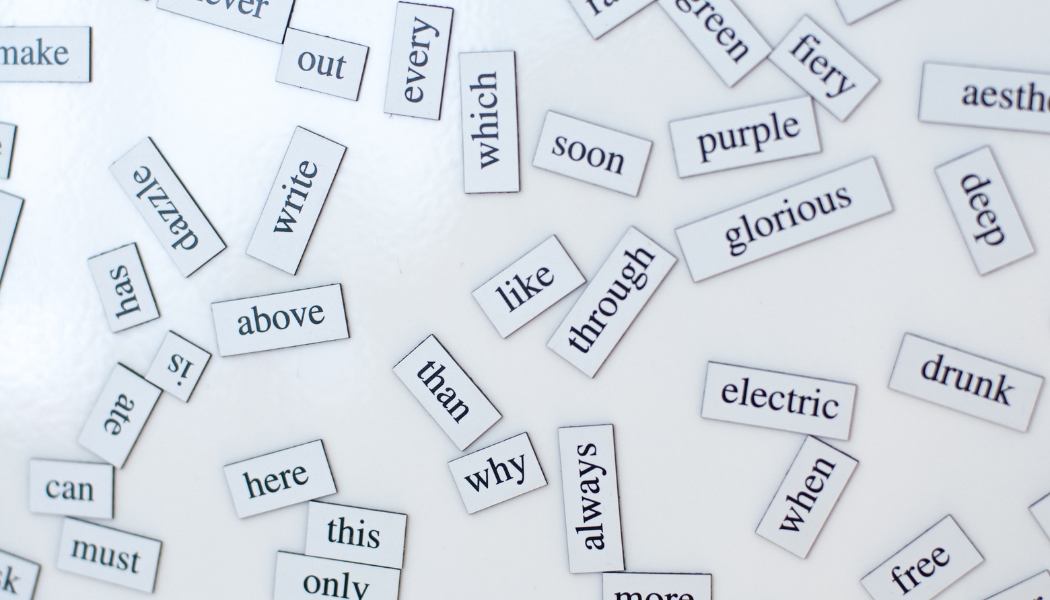
Semantic mapping supports how children naturally learn language by linking new information to what they already know. When children create these word maps, they are doing more than copying meanings. They are making real mental connections that help the word stick.
Here’s why this method is so effective:
-
Deepens understanding: Instead of just knowing what a word means, children see how it relates to other words and ideas.
-
Supports reading and writing: Children can recognize the same word in different texts and feel more confident using it in their own writing.
-
Encourages flexible thinking: By seeing a word from multiple angles, children learn that words can carry different shades of meaning depending on the context.
-
Improves long-term memory: Mapping helps move new vocabulary from short-term memory into long-term memory.
For children who struggle with writing or comprehension, this approach offers a slower, more thoughtful way to explore and own new words.
When and Where to Use Semantic Maps

Semantic maps are flexible tools that can be used in many learning situations, both at home and in school. They suit a wide range of ages and skill levels, making them useful across different stages of language development.
Best times to use semantic mapping:
-
When your child comes across a new or unfamiliar word while reading
-
During writing tasks where they need to use more descriptive or precise language
-
As part of weekly vocabulary revision or spelling practice
-
To support topic-based learning in science, history, or other subjects
Where to use them:
-
At home, as part of reading discussions or homework time
-
In classrooms, during group tasks or guided reading
-
In tutoring or language support sessions
-
As a quiet activity to explore new themes or topics
You do not need any special materials. Just paper, pencils, and your child’s curiosity. The key is to let the child take the lead in thinking about how the word connects with what they already know.
How to Create a Semantic Map: A Practical Guide for Parents
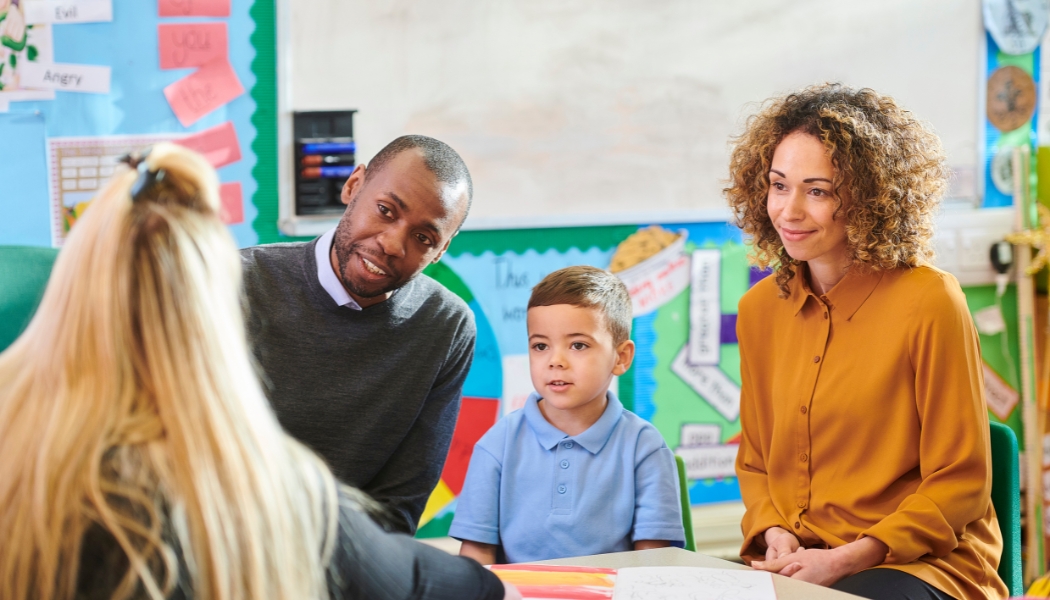
Creating a semantic map may seem like a classroom task, but it works just as well at home, even if you’re not a teacher. Whether your child is in Year 2 or Year 6, the steps below can be tailored to suit their level. It’s not about being perfect; it’s about helping your child explore how words connect.
Here’s a parent-friendly guide:
Step 1: Choose the right word
Start with a word your child is curious about, or one that has come up in reading or homework. Avoid abstract terms like justice or belief early on. Instead, begin with words your child can relate to. For example, storm, excited, or helpful.
If your child is preparing for school writing tasks, you might choose a word from their upcoming topic or weekly word list.
Step 2: Write the word in the centre
Use a blank sheet of paper and place the word in the middle. You can draw a box or circle around it. This layout signals to your child that the word is the focus of all connections that follow.
Tip: Write in large, clear letters and use a coloured pencil or marker to make it stand out.
Step 3: Add branches with helpful prompts
Now, draw lines outward like a spider web. On each line, guide your child to think about different types of word connections. Use these as prompts:
-
Synonyms – What are other words that mean something similar?
-
Antonyms – What is the opposite of this word?
-
Examples – What are some real-life things or situations where this word applies?
-
Related words – Are there words that belong to the same theme or topic?
-
Feelings or visuals – What image or emotion comes to mind when you hear this word?
Younger children may need help thinking in these categories at first, but they’ll get better over time. Let them explain their answers in their own words, even if they’re not exact.
Step 4: Make it visual and personal
Use colour-coded branches, quick sketches, or stickers. These small visual details make the map easier to remember. Children can also write their own example sentences beside each word, which helps them practice using the word in context.
Tip: Let your child take ownership. They’re more likely to remember what they’ve built themselves.
Step 5: Talk through the map together
Once the map is done, sit with your child and discuss it. Ask questions like:
-
“Why did you choose that word as an opposite?”
-
“Can you use this new word in a sentence?”
-
“What does this word remind you of?”
This reflection helps your child go beyond surface-level understanding. It builds a habit of thinking critically about language.
Semantic Mapping Activities for Children Aged 6-12

Children don’t just need new words; they need to feel connected to those words. Semantic mapping works best when it is part of enjoyable, repeated practice that suits their age, personality, and learning style.
Below are several targeted activities, each backed by how children actually learn best. These ideas can help you support vocabulary growth through structured fun, reflection, and creativity.
1. Word Web Journals (Builds reflection and retention)
A personal vocabulary journal helps children make emotional and visual connections to new words. Writing by hand also supports memory formation and deeper cognitive processing.
How to use it:
-
Set aside one page per word
-
Ask your child to write the word in the middle and add branches such as synonyms, opposites, example sentences, and a drawing.
-
Review one past page weekly to support retention
Why it works:
Journaling engages long-term memory and self-reflection. It’s also a calm, independent task for quiet learners.
2. The Reading-to-Mapping Routine (Connects reading and vocabulary use)
Linking word learning directly to books your child is already reading makes vocabulary more meaningful. Words are picked in context, not in isolation.
How to use it:
-
After 15-20 minutes of daily reading, ask your child to pick one “interesting” or “unfamiliar” word
-
Use that word for a 5-10 minute mapping session the next day
-
Over time, add these maps to a word wall or journal
Why it works:
When children choose their own words, they’re more likely to stay curious. This approach also reinforces the link between reading fluency and vocabulary depth.
3. Vocabulary Dice Game (Boosts motivation and flexible thinking)
Children often learn better when play is involved. Gamifying vocabulary work creates a sense of reward and lowers resistance, especially for reluctant writers.
How to use it:
-
Make or print a dice with six prompts:
-
Say a synonym
-
Give the opposite
-
Use in a sentence
-
Draw what it reminds you of
-
Tell a memory linked to this word
-
Make a silly sentence with it
-
-
Roll once per round and complete the branch on the word map
-
You can use a whiteboard or a sheet of paper for the map
Why it works:
This taps into emotional memory and storytelling, which helps children retain words longer. It also supports language flexibility by encouraging use across contexts.
4. Topic-Based Group Mapping (Develops category thinking and collaboration)
This is great for children who like to talk and share ideas. It builds vocabulary around themes like animals, emotions, seasons, or school, helping them expand their word banks for writing and speaking.
How to use it:
-
Choose a topic (e.g. “kindness” or “rainy day”)
-
On a large sheet, write related words together as a group or family
-
Add categories like verbs, adjectives, situations, and feelings
-
Ask your child to use three new words in a sentence or story
Why it works:
Thematic grouping helps children organize language in their mind, which supports both oral fluency and structured writing.
5. Media-Based Mapping (Develops inference and emotion-word connexions)
Children often learn the emotional weight of words through stories, music, and media. Using these sources helps them link words with tone, mood, and purpose.
How to use it:
-
Choose a child-friendly video clip, song, or audiobook (2–3 minutes is enough)
-
Pause when a new or strong word comes up
-
Discuss what it means and create a mini map together, focusing on how it makes characters feel, what it describes, or where else it might appear.
Why it works:
This builds inference skills and deepens understanding of language use in real situations. It’s also ideal for visual or auditory learners.
Tips for Choosing the Right Activity Based on Learning Style:
|
Learning Style |
Best Activity Types |
|---|---|
|
Visual learners |
Word journals, drawings, colour-coded maps |
|
Verbal learners |
Group mapping, oral storytelling, sentence building |
|
Active learners |
Dice games, movement-based examples |
|
Reflective learners |
Independent journaling, media-based discussions |
These activities can be used flexibly, depending on your child’s attention span, interests, and daily routine. When used regularly, even 10 minutes a few times a week, they can significantly improve vocabulary understanding, memory, and confidence in using new words across subjects.
Common Mistakes and How to Avoid Them?
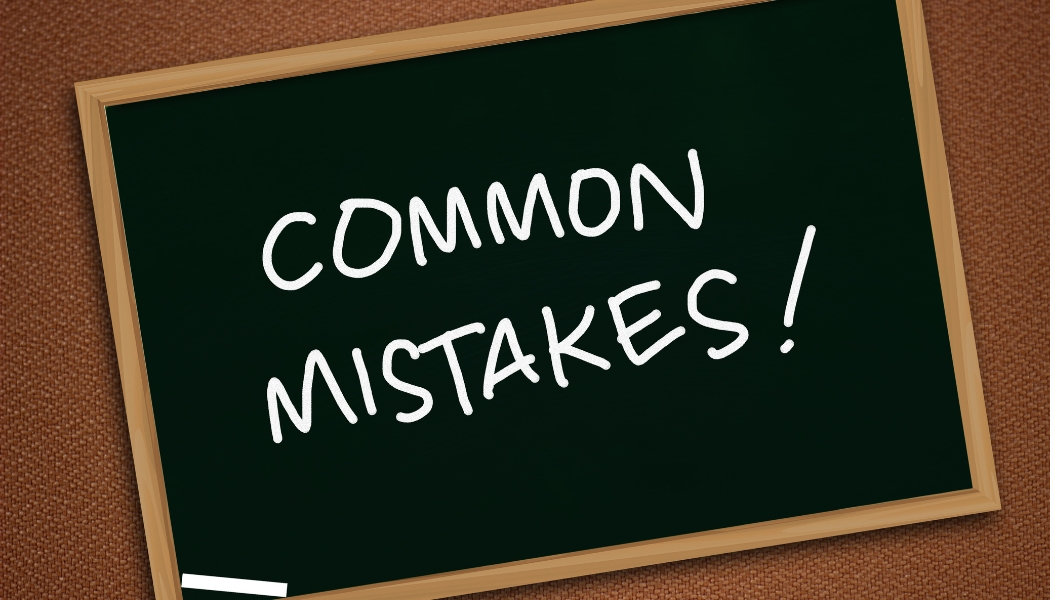
While semantic mapping is a simple and flexible tool, there are a few pitfalls that can limit its impact. These usually happen when the activity becomes too mechanical, too broad, or disconnected from the child’s real use of language.
Below are common mistakes parents or educators may encounter and how to steer clear of them:
1. Choosing words that are too abstract or unfamiliar
Words like justice, freedom, or belief can be too complex for younger learners. Children need a clear image or situation to link meaning.
Solution:
Begin with concrete or high-frequency words from their reading or daily life. Once they’re confident with mapping, gradually introduce more abstract language.
2. Using unrelated or weak connections
Some children might add words that sound similar or are only loosely connected, just to fill in space.
Solution:
Ask guiding questions like, “Can you use both of these words in one sentence?” or “What do these words have in common?” to help them reflect and revise.
3. Relying on printed templates without real thinking
Pre-filled worksheets may look helpful, but can stop children from making meaningful links on their own.
Solution:
Use blank paper or whiteboards where your child can create the map freely. This gives them space to think aloud, draw, or make notes in their own way.
4. Mapping without context or follow-up
Creating a map is useful, but it becomes more powerful when the word is used again in writing or speaking.
Solution:
Encourage your child to use the new word in a story, journal, or conversation later in the week. Repetition and context help the word become part of their working vocabulary.
5. Overloading the map with too much information
Trying to include too many branches, categories, or complex words at once can overwhelm younger learners.
Solution:
Focus on quality over quantity. For early learners, three strong connections (like a synonym, picture, and example) are more useful than eight rushed ones.
6. Skipping discussion or explanation
If children build maps without talking about the links, they may miss the deeper understanding that makes the activity valuable.
Solution:
Take five minutes to review each map together. Ask them to explain their thinking, share a sentence, or connect the word to a book they’ve read recently.
Avoiding these mistakes not only improves the quality of each map but also helps children feel confident and curious about vocabulary learning.
How FunFox Supports Vocabulary Through Mapping and More

At FunFox, vocabulary is not taught through memorization or test-style drills. Instead, it’s woven into real reading and writing experiences where children build word knowledge naturally and at their own pace.
In the Writers Club, vocabulary is strengthened through:
-
Context-based writing tasks
Children learn new words while using them in their own stories, descriptions, or persuasive writing. This reinforces both meaning and usage. -
Small group discussions
In groups of no more than six, children share ideas and explore language through conversation. These peer interactions often lead to new word discoveries and better understanding. -
Word choice activities and games
Teachers introduce mapping strategies and similar methods to help students find stronger, more precise words. Children are encouraged to ask, “Is there a better word for this?” -
Regular feedback and teacher guidance
Skilled teachers help students refine their vocabulary choices and reflect on how to improve their expression. This personalized support makes a lasting impact on writing confidence.
Through these methods, semantic mapping becomes part of a broader vocabulary approach- one that fits naturally into how children read, write, and speak.
Register for a free Writers Club trial class
FAQs
1. My child already has a strong vocabulary. Is mapping still useful?
Yes. Even children with advanced vocabulary benefit from mapping because it helps them explore nuances, develop word choice for writing, and understand how words shift in meaning based on context. It also strengthens their ability to explain their thinking- a key part of school assessments.
2. Can semantic mapping support spelling or phonics?
Indirectly, yes. When children write and group words visually, they often begin to notice patterns in spelling and sound (for example, “bright,” “light,” and “night”). While it's not a phonics tool on its own, it reinforces these patterns through use.
3. Is it better to use digital tools or paper for mapping?
Either is fine, but many children remember words better when they create maps by hand. Writing, drawing, and using colour support motor memory, which helps with recall. Digital tools may suit older children or tech-savvy learners, especially if they enjoy typing or using tablets.
4. How often should we use semantic mapping at home?
Once or twice a week is enough to see progress. The key is consistency, not quantity. You can link it to new vocabulary from reading, classroom topics, or even everyday conversations.
5. What if my child finds it boring or repetitive?
Change the format. Try turning it into a drawing game, use storytelling instead of definitions, or let your child teach you a new word and build the map together. Children stay engaged when they have choice and ownership over how they learn.
6. Does semantic mapping help with comprehension, too?
Yes, very much so. When children understand how a word fits into a wider context, they are more likely to grasp the meaning of full sentences and paragraphs. It helps them interpret tone, predict outcomes, and identify key ideas while reading.

